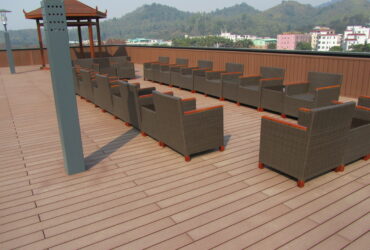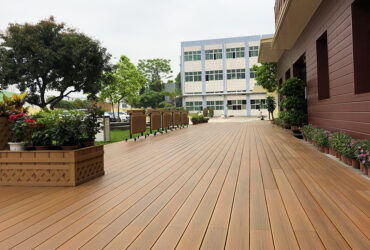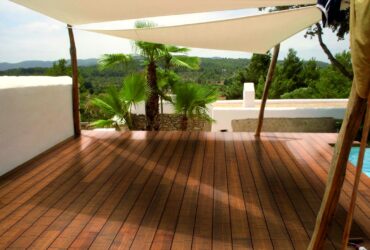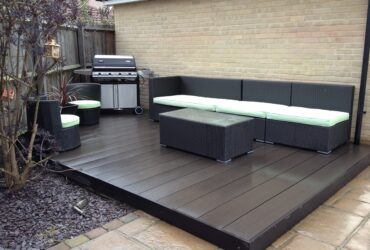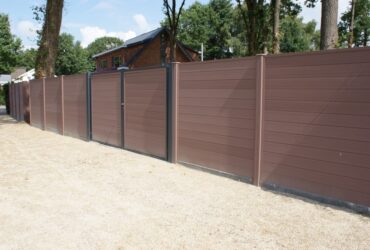Bamboo Charcoal/Polyvinyl Chloride Plastic Board is of High Quality
Biochar/plastic composite material is a new composite material made with highly enriched carbon skeleton and loose porous structure of biochar as the reinforcing phase and plastic as the matrix.Relying on the characteristics of high biochar reserves and renewable nature, composite materials reinforced and modified with biochar have become one of the new materials with the most development potential.
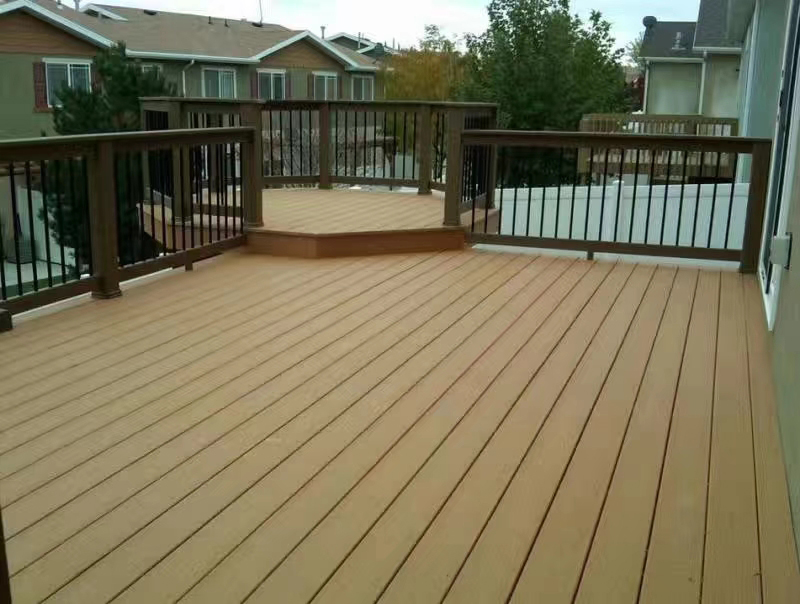
Polyvinyl chloride (PVC), as a general-purpose thermoplastic, is widely used in building materials, industrial products, daily necessities and other fields. However, due to the need to add a large amount of additives, its flame retardancy and thermal stability are reduced. It usually produces a large amount of black smoke and corrosive gases when burning, which is extremely dangerous. Therefore, scholars at home and abroad have conducted a large number of theoretical and applied research on flame retardant and smoke suppression. However, any single flame retardant and smoke suppressant agent has its own shortcomings. Synergistic compounding is usually required to achieve good flame retardant and smoke suppression effects. This increases process difficulty and preparation cost. There are studies using carbon black (CB) to modify PVC to obtain PVC-based composite materials with optimized electrical conductivity and excellent physical and mechanical properties. However, the greater the CB loading, the lower the compatibility with the polymer matrix and the worse the mechanical properties, which limits its wide application. Bamboo charcoal, as an emerging functional biomass charcoal, has properties such as adsorption, far-infrared effect and electromagnetic shielding. By adding porous, high specific surface area bamboo charcoal, it is beneficial to produce mechanical interlocking and adsorption with the polymer matrix, which can effectively promote the bonding between the filler interface and the polymer matrix to enhance mechanics.Research shows that when BC is added to the polymer in a mass fraction of 70%, the tensile strength and Young's modulus of the composite can still increase by 360% and 520%;And BC is compounded with other flame retardants to form a synergistic flame retardant system for flame retardant polymers, which can achieve the expected flame retardant effect.Overcome the flammable properties of wood plastic composites (WPC) made from plastic and wood powder.The use of BC to modify WPC with chitosan (CS) can not only increase the mechanical strength of WPC, but also effectively improve its thermal stability. However, there are few reports on the preparation, thermal stability and combustion performance of BC/PVC composite sheets.
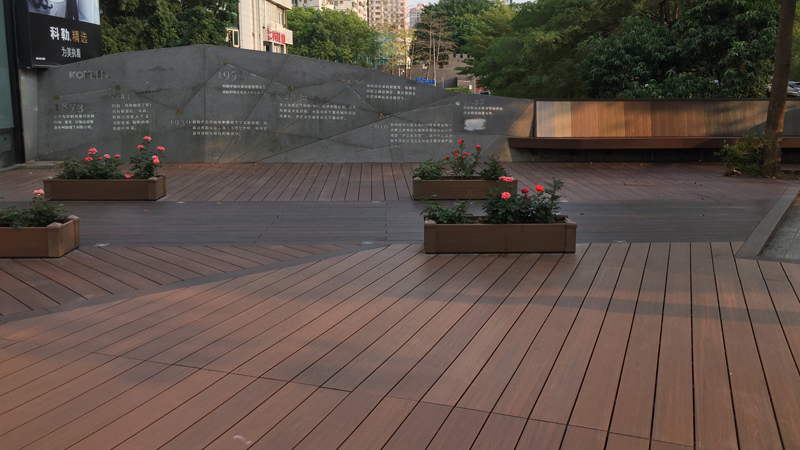
Some experiments show that:
1) BC/PVC moisture content, static bending strength, dimensional stability, and water absorption thickness expansion rate comply with the performance requirements of GB/T24137-2009 and DB44 T349-2006 for wood-plastic composite materials, showing excellent dimensional stability and are expected to become A new type of indoor and outdoor decoration material.
2) The thermal weight loss of BC/PVC is significantly reduced and slightly delayed. The residual mass fraction of BC/PVC reaches 45.05%, which is approximately 5.3 times that of pure PVC. BC significantly enhances the thermal stability of BC/PVC in high temperature environments.
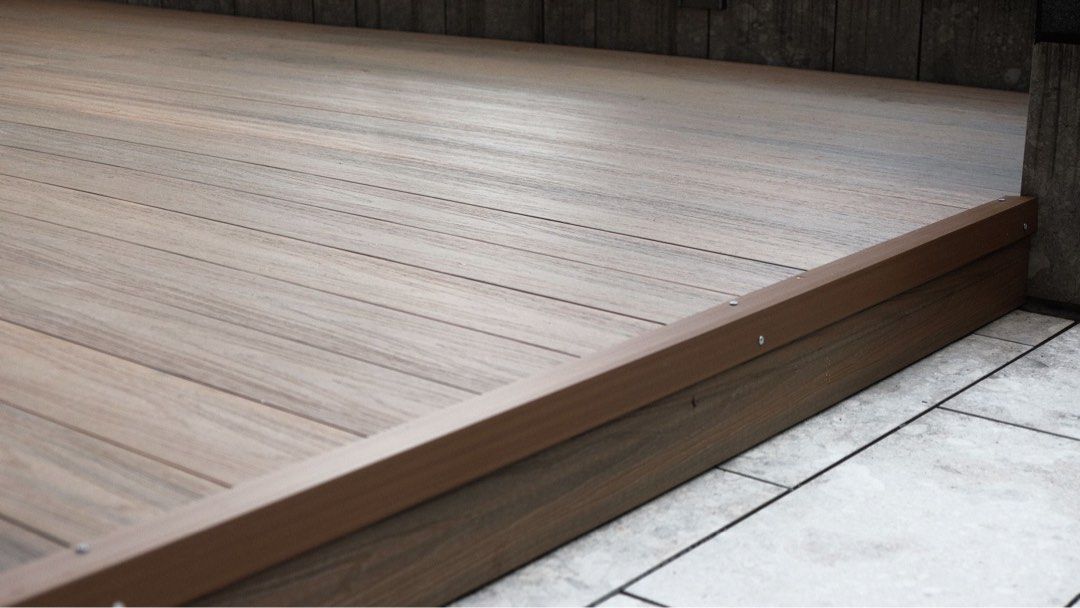
3) BC significantly enhances the flame retardant and smoke-proof performance of composite materials, effectively reduces the generation of HCl during the combustion process, and reduces the toxicity of smoke; the "effective carbon layer" reduces the heat release during the combustion process by 38.05%, and the smoke release is only 1/3 of PVC, the RM at 600s is nearly 11 times that of PVC, improving the safety of the material in case of fire.
4) The average far-infrared emissivity of BC/PVC in the 8-14 μm band reaches 938, which has a high far-infrared radiation rate and will have certain application value in the field of health care functional materials.

